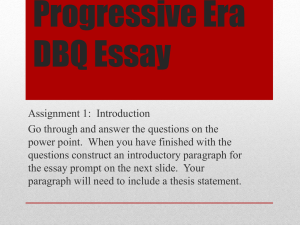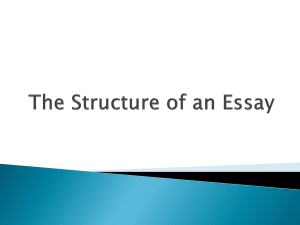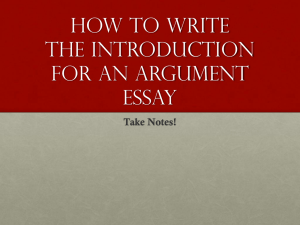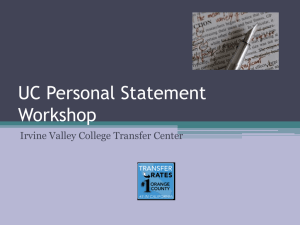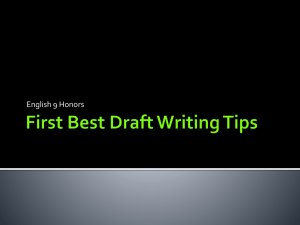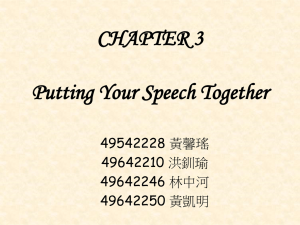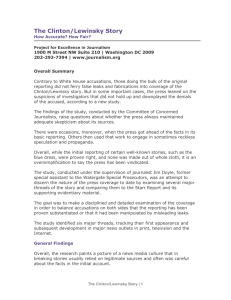Intros for an argumenative essay argument_essay_intros1
advertisement
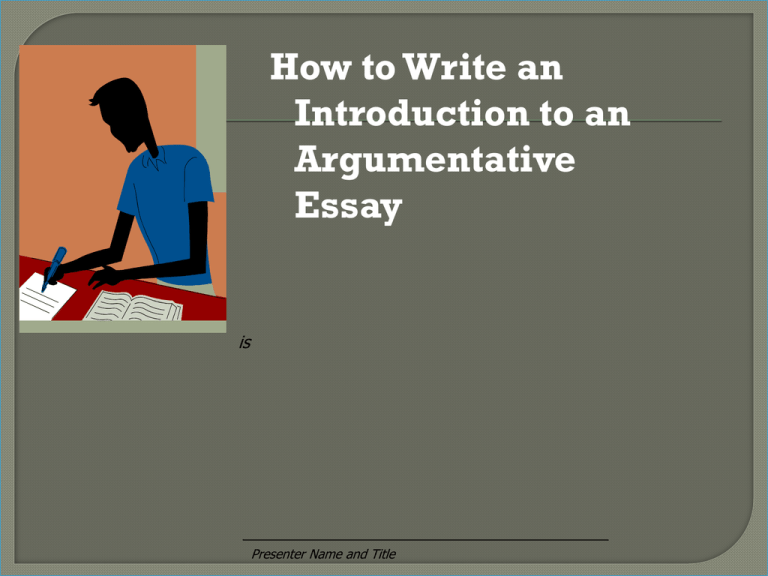
How to Write an Introduction to an Argumentative Essay is Presenter Name and Title Your introduction should begin with a “hook” or an attention grabber to pull-in the reader. A hook could include an anecdote or short story that has a point, an epigraph, or quotation, a statistic, a rhetorical question, or simply a response to a prompt. “When a cell phone goes off in the classroom or a concert, we are irritated, but at least our lives are not in danger. When we are on the road, however, irresponsible cell phone users are more than irritating: They are putting our lives at risk.” “According to Nellie Mae statistics, in 2004 undergraduates had an average credit limit of $3,683. Nearly 10% of the students in the Nellie Mae study carried balances that exceed these credit limit (Blair, 96). Do we want a nation of people under twenty with credit card debt after they graduate college?” Do you believe in fate or do you believe people cause their own fate? If you use a question, the expectation of the reader is the question will be answered in the conclusion. Rabbi Abraham Herschel argues that in a society where “where terrible wrongs exist everyone is responsible.” This is absolutely true. Consider the example in the Clint Eastwood film High Plains Drifter. The noname sheriff rides into town to avenge the death of his brother. A murder that everyone saw, but no one prevented. What this society lacked was Good Samaritans. Without Good Samaritans as a moral compass, a society is left with selfish individuals. In the children’s book Charlie and the Chocolate Factory the mischievous little dwarves known as Oompa Loompas ask the question “Who do you blame for that?” meaning who do you blame if your child is selfish, lazy, or fat. Their answer: “The mother and the father.” Parents success is judged upon the success or failure of their kids. The thesis is your overriding statement that states topic and claim of your essay. In an argumentative essay, once you have read and understood the prompt you are ready to generate a thesis. Argumentative essays on the AP exam usually ask you to do one of the following: 1. Support, Refute, Qualify 2. Defend, Challenge, Qualify 3. To What Extent… Topic (Prompt) + Claim (Position on prompt with verb) + Universal Idea (abstract noun define) + Exemplification (2 - 4 subtopics proceeded with adjectives). EXAMPLE: I support the position that Parents (Topic) should be judged (Position) whether they effectively preparing their kids to be successful, high-achieving members of society who attend top-end colleges and work high-paying jobs. Topic: What subject is the prompt addressing? Type: Argumentative? Synthesis? Rhetorical Analysis Task: What position am I taking? Target Audience: What audience am I writing this essay for? “Adversity has the effect of eliciting talents which in prosperous circumstances would have lain dormant.” —Horace Consider this quotation about adversity from the Roman poet Horace. Then write an essay that defends, challenges, or qualifies Horace’s assertion about the role that adversity (financial or political hardship, danger, misfortune, etc.) plays in developing a person’s character. Support your argument with appropriate evidence from your reading, observation, or experience. Your subtopics are topics that support your thesis. In an argumentative essay, your subtopics can be arranged either using a 2-3-1 format, chronological order, degradation, or compare/contrast . 2/3/1: Place your second best reason first, then your weakest argument in the middle, and your strongest argument as your last body paragraph. Chronological: Organized your subtopics by the chronological events in a story, novel, event, etc. Degradation: Organize your subtopics from weak to best, or from best to least. Compare/Contrast: Organize subtopics based upon analyzing how two different topics are similar or different (best for qualifying). In 1998 President Bill Clinton told reporters when asked about a relationship with intern Monica Lewinsky, if they had any type of relationship together, Clinton responded: “I did not have sexual relations with that woman!” Later, it was revealed Clinton did have an affair with Lewinsky and was impeached, not because of his affair, but because he lied. A similar situation occurs in Nathaniel Hawthorne’s The Scarlet Letter. The dominant theme throughout the novel is sin vs. guilt. This is played out in three scaffold scenes. The first shows Hester Prynne on the scaffold for committing adultery, the second has Reverend Arthur Dimmesdale on the scaffold, suffering from his guilt at night time, and the final scaffold scene has Dimmesdale’s final confession to the Puritan people of Boston. Hook: In 1998 President Bill Clinton told reporters when asked about a relationship with intern Monica Lewinsky, if they had any type of relationship together. Clinton responded: “I did not have sexual relations with that woman!” Later, it was revealed Clinton did have an affair with Lewinsky and was impeached, not because of his affair, but because he lied. A similar situation occurs in Nathaniel Hawthorne’s The Scarlet Letter. Thesis: The dominant theme throughout the novel is sin vs. guilt. Subtopics: This is played out in three scaffold scene. The first shows Hester Prynne on the scaffold for committing adultery, the second has Reverend Arthur Dimmesdale on the scaffold, suffering from his guilt at night time, and the final scaffold scene has Dimmesdale’s final confession to the Puritan people of Boston. • Get in the habit of using MLA format. • Header/Heading with ID # • 1 inch margins • in-text citations with author and page #s. • Double-Spaced • Times New Roman Font • Typed 1. Hook: Quote/Statistic/Definition/Story/ Question/React to Prompt/Weave a Theme 2. Thesis: State your position responding to the prompt – Support/Refute/Qualify/ 3. Subtopics: Use the 2-3-1 format, Chronological, Degradation, Compare/Contrast structure to arrange your evidence supporting your thesis.

